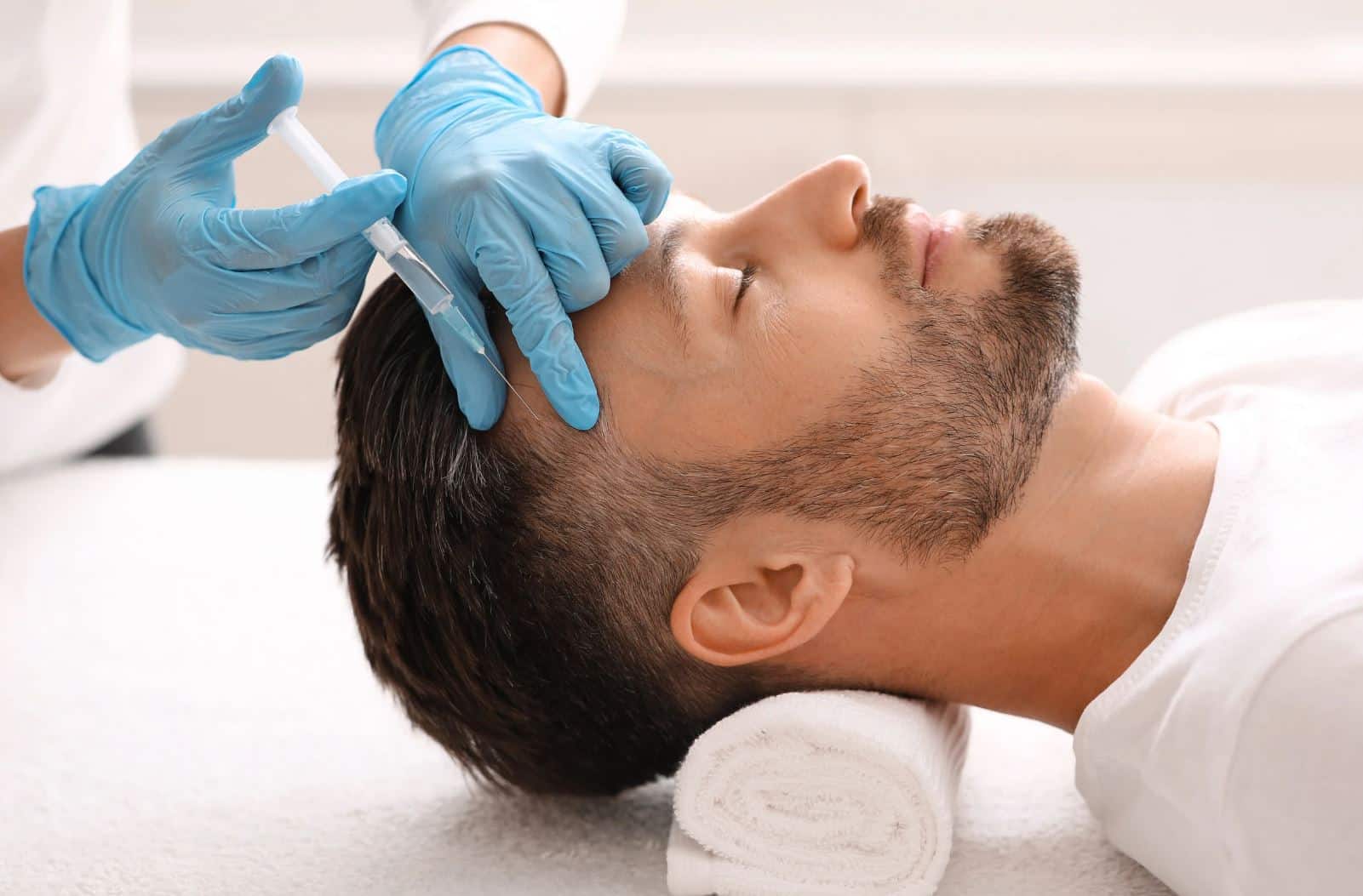What is the Success Rate of ACell PRP?

Hair loss is a common concern of millions of people worldwide. Among the various treatments available, ACell PRP has gained attention for its regenerative properties. But how effective is it? This article explores the success rate of ACell PRP, the factors influencing its outcomes, and how long the results last.
Understanding ACell PRP Treatment
ACell PRP (Platelet-Rich Plasma) therapy is a cutting-edge treatment that combines ACell MatriStem, an extracellular matrix derived from porcine bladder tissue, with PRP, which is extracted from the patient’s own blood. The ACell component acts as a scaffold, stimulating tissue regeneration and promoting hair follicle health, while PRP contains growth factors that encourage hair regrowth.
The procedure involves drawing a small amount of blood from the patient, running it in a centrifuge to separate the PRP, and then injecting the PRP mixed with ACell into the scalp. This combination aims to stimulate dormant hair follicles, strengthen existing hair, and potentially slow down hair loss progression.
Success Rate of ACell PRP
The success rate of ACell PRP varies based on different factors, but research and clinical observations suggest positive outcomes for many individuals experiencing hair thinning or early-stage hair loss. Studies indicate that around 70-80% of patients notice visible improvements in hair thickness and density within the first three to six months of treatment.
Several key findings from clinical studies and patient reports include:
- Increase in hair density: Many patients experience a 20-30% improvement in hair density.
- Reduction in hair shedding: A noticeable decrease in daily hair loss is often reported within the first few months.
- Hair follicle rejuvenation: Patients with early-stage hair thinning respond best, as the treatment helps revive weakened follicles.
However, results are not guaranteed for everyone. Some individuals may see minimal improvement, especially if they have advanced hair loss with significant follicular damage.
Factors Influencing Success Rate
The effectiveness of ACell PRP treatment depends on several factors, including:
- Patient’s Age and Hair Loss Stage
- Younger patients or those with early-stage hair loss tend to experience better results.
- Individuals with advanced baldness or completely dormant follicles may have limited success.
- Genetics and Hormonal Influence
- Those with genetic predisposition to hair loss (androgenetic alopecia) may require ongoing maintenance treatments.
- Hormonal imbalances (e.g., thyroid disorders) can impact the efficacy of treatment.
- Treatment Frequency and Consistency
- A single session is rarely sufficient; most specialists recommend an initial series of 3-4 treatments spaced one month apart, followed by maintenance sessions every 6-12 months.
- Provider Expertise and Technique
- ACell PRP’s success is highly dependent on the skill of the practitioner, including proper injection depth and placement.
- Using high-quality PRP concentration and appropriate ACell dosage is crucial.
- Lifestyle and Overall Health
- Diet, stress levels, and smoking habits can all impact hair regrowth.
- Patients with underlying conditions such as autoimmune disorders may have a lower response rate.
Treatment Longevity: How Long Do Results Last?
The results of ACell PRP are not permanent, but with proper maintenance, patients can sustain improvements for several years. The timeline for results typically follows this pattern:
- 3-6 Months: Initial improvements become noticeable, with reduced shedding and increased hair thickness.
- 6-12 Months: Optimal results appear, showing stronger and healthier hair growth.
- 1-2 Years: Without maintenance, hair may start thinning again, necessitating follow-up treatments.
- Ongoing Maintenance: Many patients opt for booster treatments every 6-12 months to maintain their results.
ACell PRP is a promising treatment for individuals experiencing hair thinning or early-stage hair loss, with success rates ranging between 70-80% for suitable candidates. However, factors such as age, genetics, treatment frequency, and provider expertise all play a crucial role in determining effectiveness. While the results are not permanent, they can be maintained with regular follow-up treatments and a healthy lifestyle.
Wondering if ACell PRP is right for you? A personalized assessment from a hair restoration specialist can help. Take the first step towards restoring your hair – book your consultation with Shapiro Medical Group and learn about our advanced treatments.

